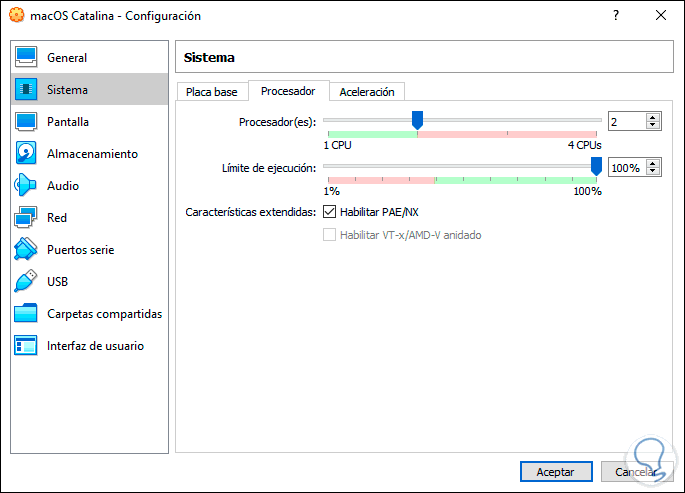

Then we should convert our disk to VirtualBox disk image 1 Next, let’s add script for loading driver to our image: 1įor %p in “macOS Install Data” “macOS Install Data\Locked Files\Boot Files” “OS X Install Data” “Mac OS X Install Data” “System\Library\CoreServices” “.IABootFiles” Then we should create subdirectories for driver in our image 1Īnd now we copy Apple filesystem driver to our image 1Ĭp /usr/standalone/i386/apfs.efi /Volumes/EFI/EFI/drivers/ Where disk_name is your disk name from previous command output and s1 is suffix. Then we should mount new device for copying information. Hdiutil attach -nomount “path_to_your_patch_efi_image” This command will return information about new device. Hdiutil create -size 1m -fs MS-DOS -volname “EFI” “path_to_your_patch_efi_image” Hdiutil detach “/Volumes/name_of_your_volume”įirst of all we need to create image for our patch efi script 1 Hdiutil convert “path_to_new_image” -format UDTO -o “path_to_iso_image” Next we should convert our image to ISO 1 Sudo “/Applications/Install\ macOS\ Catalina.app/Contents/Resources/createinstallmedia” -nointeraction -volume “/Volumes/name_of_your_volume” -applicationpath “/Applications/Install\ macOS\ Catalina.app/” We can do it by using “createinstallmedia” from installation package which will create installation Volume. Then we should create bootable installer for Catalina. Hdiutil attach “path_to_new_image” -mountpoint “/Volumes/name_of_your_volume”

Hdiutil create -o “path_to_new_image” -size 10g -layout SPUD -fs HFS+J

We choose SPUD partition layout (this is Apple Partition Scheme partition map with a single entry to be written) then we choose filesystem HFS+j (Apple hierarchy file system)Īfter creating image we mount it to directory for copy content to image 1 Now we should create new Catalina install image, size of image should be bigger than size of MacOS Installation directory, To better organize the work with a new image I would recommend creating a new directory. Now we need to create Installation image from “install macOS Catalina” application. Then after installation it will be in your Applications folder: Then we will prepare image with macOS Catalina, for which we will need toĭownload Catalina installation package from App Store. This guide includes a few steps: creating Catalina image, creating patch EFI disk and disabling SIP protection.įirst of all you should install VirtualBox In this post I will tell you how install macOS Catalina to VirtualBox and disable SIP protection.


 0 kommentar(er)
0 kommentar(er)
